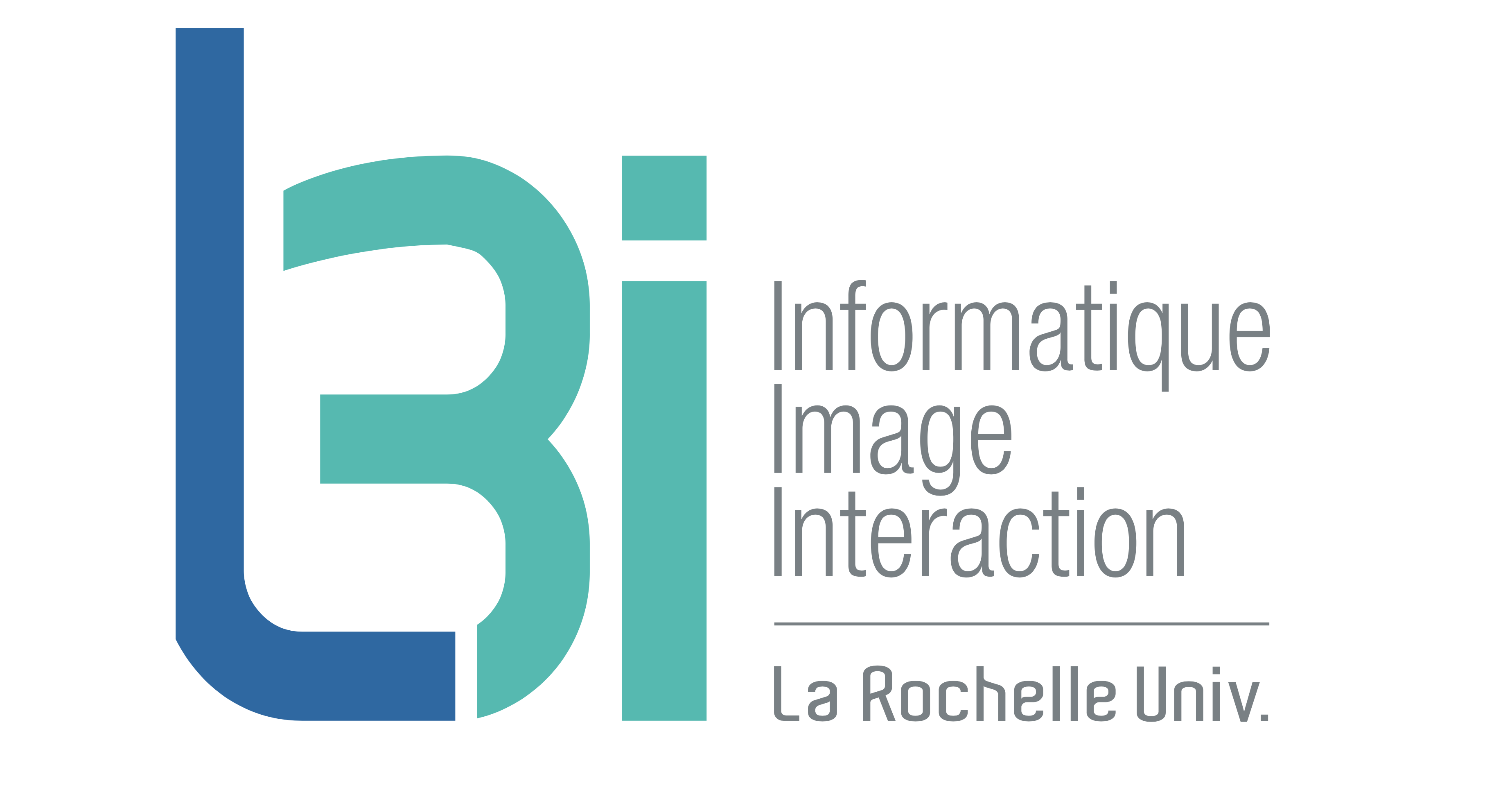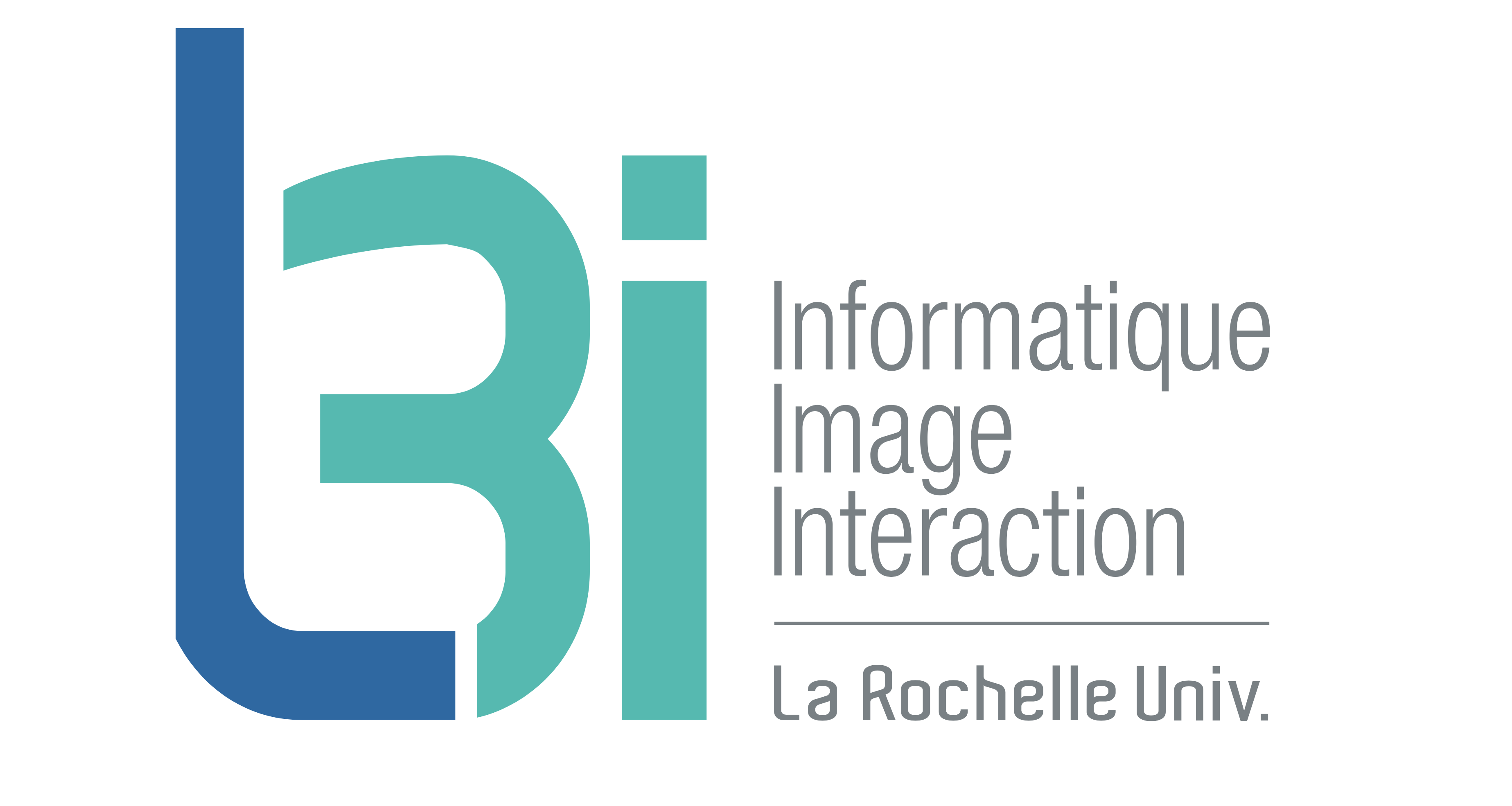Équipe Modèle et Connaissances (MC) : WAFFO KEMGNE Martin
Doctorant
Publié le – Mis à jour le
Thématiques de recherche : My research focuses on dynamic community detection and the analysis of complex networks through Formal Concept Analysis (FCA). The objective is to develop an explainable, robust, and computationally efficient alternative to conventional graph partitioning methods such as Louvain and Infomap, which often suffer from non-determinism, lack of overlap, static assumptions, and limited interpretability.
A key hypothesis driving this work is that communities within a network can be understood as sets of nodes sharing hidden attributes. FCA provides a structured, hierarchical representation of these latent structures in the form of concept lattices, offering enhanced explainability and semantic clarity in community detection.
Furthermore, we explore the inverse perspective: leveraging community detection techniques to construct concept lattices, by modeling the formal context as a bipartite graph. This innovative approach mitigates the high computational complexity of classical FCA algorithms while preserving their interpretability.
This research is conducted within the framework of the GALACTIC and SmartFCA projects, with real-world applications spanning cybersecurity, social network analysis, urban mobility modeling, and bioinformatics.
Additionally, we investigate the application of Shapley values in AI explainability, cyber deception, formal concept analysis, and complex network analysis, providing novel insights into the importance of entities and interactions within dynamic systems.
Points forts des activités de recherche : A fundamental contribution of this work is the reinterpretation of communities as sets of nodes sharing hidden attributes, rather than being solely defined by structural connections. Traditional community detection approaches rely on graph modularity optimization, but they often fail to capture latent relationships. FCA provides a hierarchical and explainable representation of communities in the form of concept lattices, offering a clearer and more structured view of community formation. This approach is particularly relevant in cybersecurity, social network analysis, urban mobility, and bioinformatics, where communities often possess hidden semantic attributes that conventional graph algorithms do not capture.
One of the main innovations of this research is the introduction of a bidirectional interaction between FCA and graph-based community detection. Instead of using purely graph-theoretic clustering, FCA is applied to identify communities as formal concepts, which naturally allows for overlapping, hierarchical, and interpretable structures. Conversely, graph-based clustering methods such as Louvain can be leveraged to construct concept lattices, providing an efficient way to approximate FCA structures while reducing the computational cost associated with traditional FCA algorithms. This novel methodological framework bridges formal concept analysis and graph-based community detection, enriching both fields and offering a more explainable alternative to standard network clustering.
Another significant aspect of this research is its extension to dynamic and attributed networks. Traditional community detection methods struggle with evolving structures, but our approach enables tracking of community evolution over time by integrating temporal extensions of concept lattices. Additionally, real-world networks often contain nodes with rich attribute information, such as user interests in social media or functional annotations in biological networks. By incorporating these hidden attributes into the community detection process, our method enhances the flexibility, adaptability, and scalability of FCA-based community detection.
This research is directly integrated into GALACTIC and SmartFCA, two major projects aiming to develop interactive, explainable AI tools based on FCA. The GALACTIC platform provides a Python-based exploration environment for FCA applications, while SmartFCA (funded by ANR) focuses on deploying FCA-based algorithms for complex data analytics. By contributing new methodologies to these projects, we enhance the practical applicability of FCA for various domains, including cybersecurity, social network analysis, and transportation systems.
Beyond these core contributions, I have also explored an additional research direction involving Shapley values, a game-theoretic approach for explainability and interpretability in AI. Shapley values have been applied in cyber deception, particularly in evaluating attack graphs to identify and rank vulnerabilities. They have also been used for FCA optimization, where Shapley-based feature selection improves the efficiency of FCA-based community detection. Furthermore, in machine learning, Shapley values provide a robust framework for quantifying feature importance, reinforcing the interpretability of AI models. While this was not part of the initial project, it complements the main research by introducing quantitative interpretability techniques to FCA, network analysis, and cybersecurity.
Ultimately, this research proposes a new paradigm in network science, where explainability, computational efficiency, and structural clarity are prioritized. By combining FCA, community detection, and additional explainability techniques such as Shapley values, it offers a mathematically grounded, transparent, and application-driven approach to analyzing complex networks. The combination of formal concept analysis, graph theory, and AI explainability paves the way for more interpretable, dynamic, and scalable methods for community detection, with broad implications across multiple disciplines.


